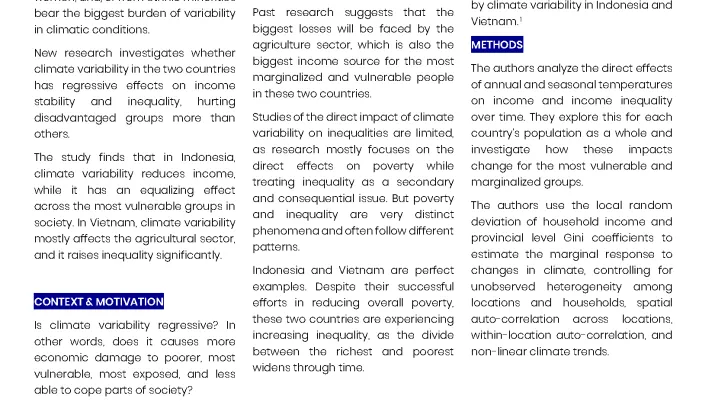Publications and media
Scaling up public development banks’ transformative alignment with the 2030 Agenda for Sustainable Development
Before the Covid-19 crisis struck, numbers said that implementing the 2030 Agenda and its Sustainable Development Goals (SDGs) would cost between USD 50 trillion and USD 70 trillion, over a 10-year pe...
Published on
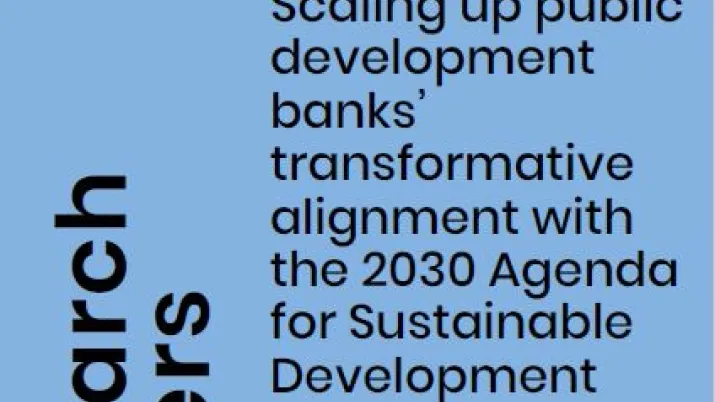
The Global Development Banks’ Architecture
This paper looks at the role, evolution and regional coverage of the system of multilateral and national development banks (MDBs and NDBs) and international climate change funds. It analyzes the roles...
Published on
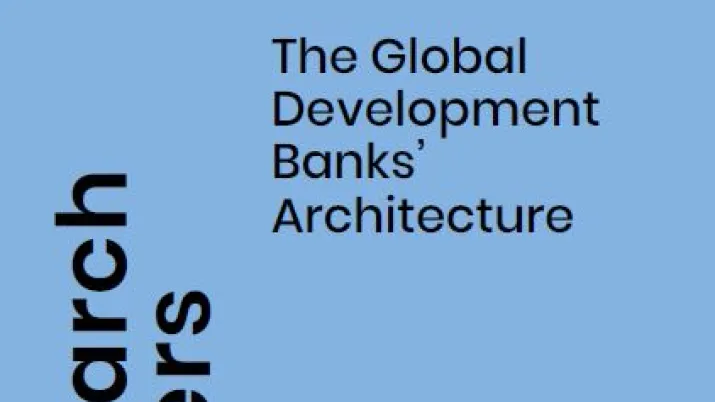
Exchange rate and balance of payment risks in the global development finance architecture
The authors analyze the exchange rate and balance of payment crisis risks when MDBs lend, in hard currency, to NDBs, for NDBs to onlend to investment projects. Investment projects maybe “export-enhanc...
Published on
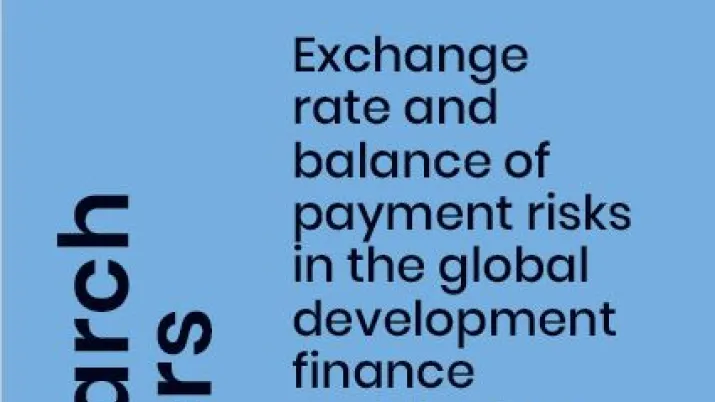
Financial performance and Corporate Governance: Evidence from National Development Banks in Africa
This is a draft discussion paper and has not been through an external peer review process. A final ODI working paper will be published after the research conference. This study aims to examine the...
Published on
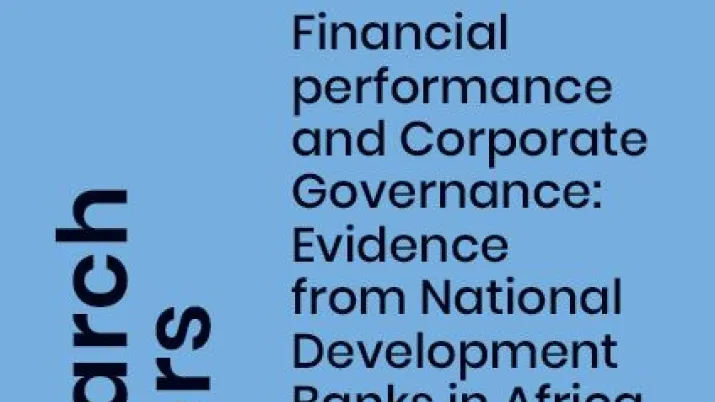
Climate Change and Development Bank Project Cycles
In the five years since the Paris Agreement, Development Finance Institutions have made various commitments to aligning their operations with climate change goals. In this report, we analyze the exten...
Published on
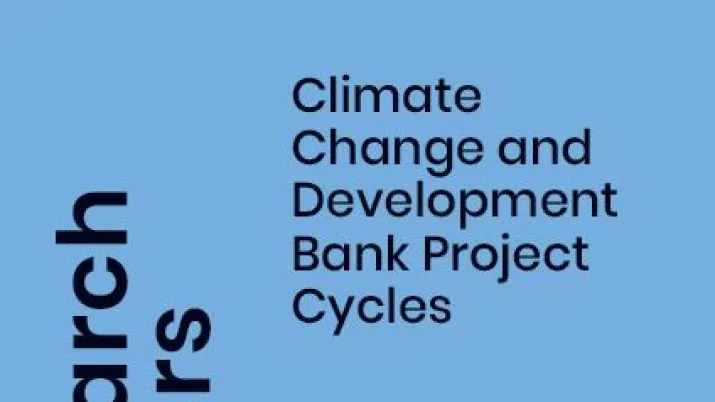
Can development banks step up to the challenge of sustainable development?
The great planetary challenges, be it the climate, loss of nature or human solidarity, call for concerted actions at all levels, on a scale commensurate with the problems. Yet, this transformative cha...
Published on
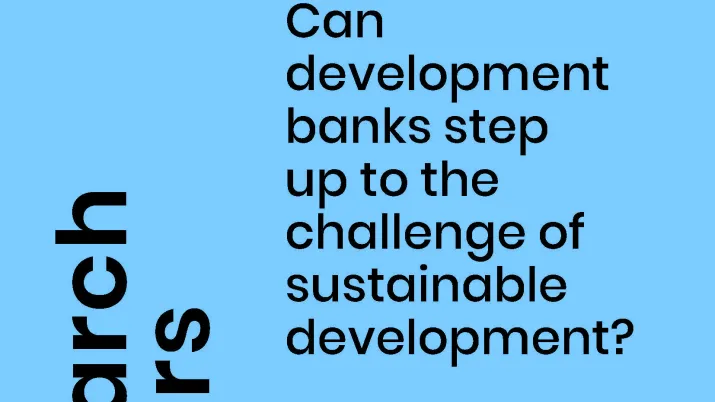
Evaluation Summary - Sustainable Energy Efficiency Development in Palestine – SPEED project
In Palestine, in the Energy sector, the Sustainable Energy Efficiency Development (SPEED) Program has been evaluated in September 2019. This SPEED program (2013-2018) aimed at supporting the main o...
Published on
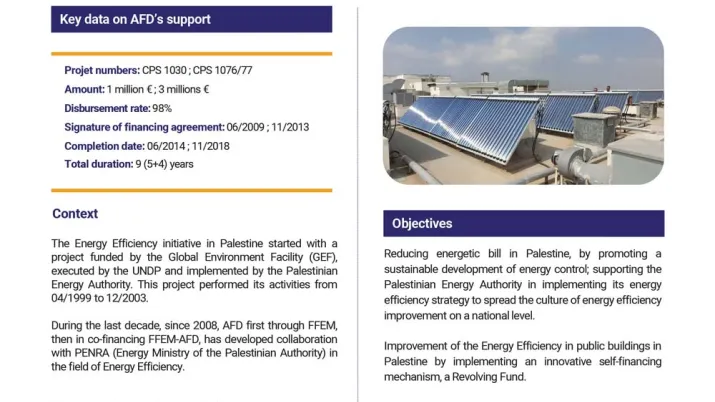
Funding Sources of National Development Banks
Access to large, long-term, and stable funding sources is a prerequisite for achieving the objectives of national development banks (NDBs). By systematically collecting data on the funding sources of...
Published on
Financial regulation of national development banks - NDBs
History shows that financial crises have been a significant driver of banking regulation evolution, since the 1930s. Although Basel III made much progress in building a safer and less leveraged system...
Published on
Matching risks with instruments in development banks
This paper explores how development banks should deploy appropriate financial instruments to encourage real economic risk-taking while minimizing financial engineering risks. We distinguish real econo...
Published on
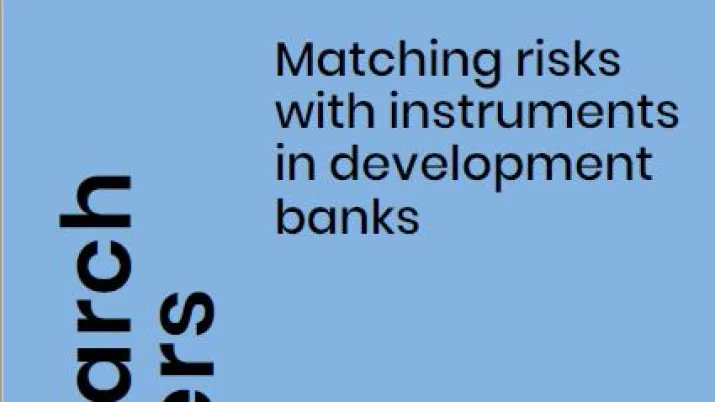
Emerging Use of Technologies for Development
With only 10 years left in the 2030 Agenda, development practitioners need to innovate how they make decisions and solve problems. Such innovations can be enabled by intelligences, born from innovativ...
Published on
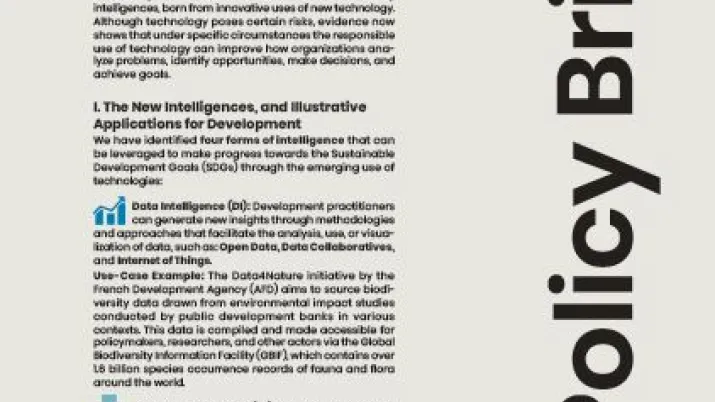
From global to local: Subnational development banks in the era of Sustainable Development Goals
Financing the implementation of the seventeen Sustainable Development Goals (SDGs) has been a development challenge since the establishment of the 2030 Agenda – especially under the unequal circumstan...
Published on
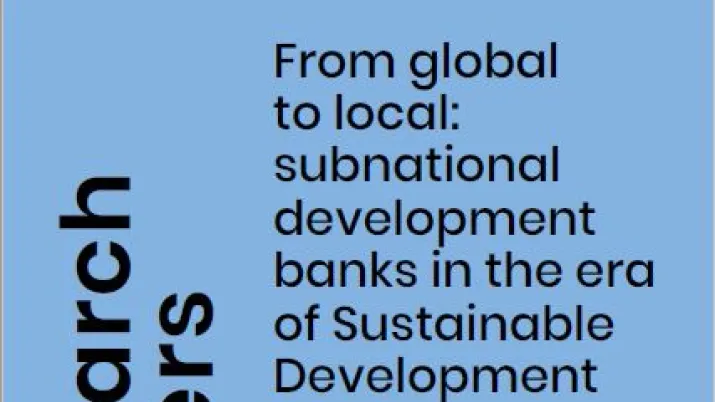
Effective development banking: loans or guarantees?
How should National Development Banks (NDBs) assess the cost-effectiveness of using loans and loan guarantees in order to choose the type of financial instrument most appropriate for each program? We...
Published on
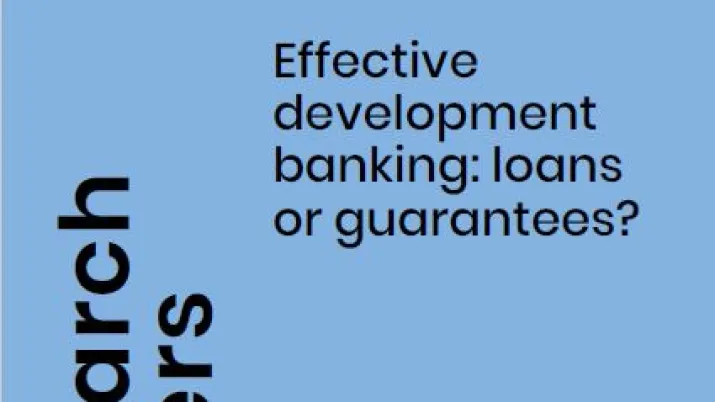
Finance in Common: The first global summit of all Public Development Banks
The Finance in Common Summit, taking place during the Paris Peace Forum in November 2020, will address our common need to build new forms of prosperity that take care of the living (people and planet)...
Published on
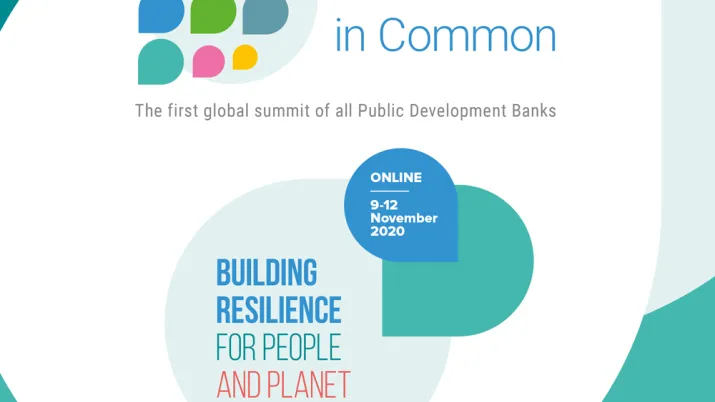
The ‘urbanization of water’ in La Paz, Bolivia: Historical and conceptual perspectives
This essay analyzes the historical production of water inequities in the city of La Paz, Bolivia. It relies on the concept of ‘urbanization of water’ to present historical evidence and conceptual refl...
Published on
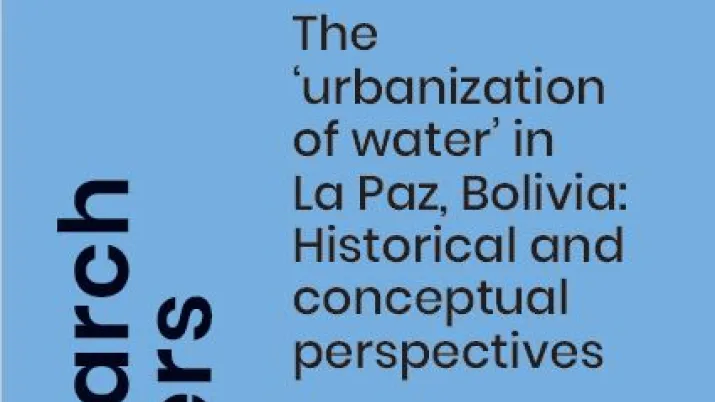
Handbook on Inequality Measurement for Country Studies
Writing a country level study on inequality can be an intimidating task for researchers and statisticians. How does one begin to conceptualize such a study? What needs to be included? What sorts of an...
Published on
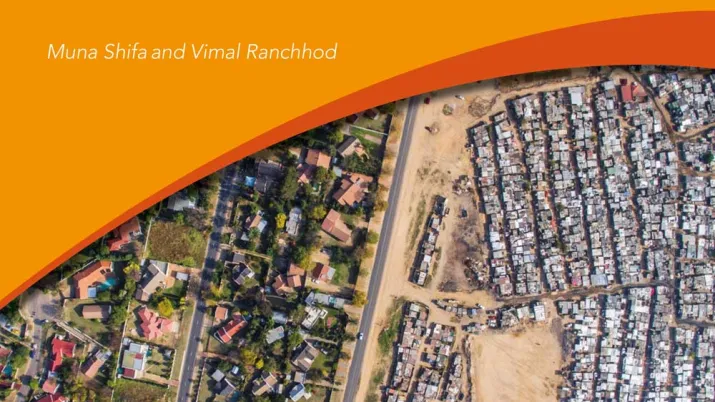
Central banks at the heart of ecological reconstruction
Faced with the pandemic crisis and its economic and financial consequences in the short and medium term, central banks found themselves in the position of guardians of chaos. They thus acted quickly a...
Published on
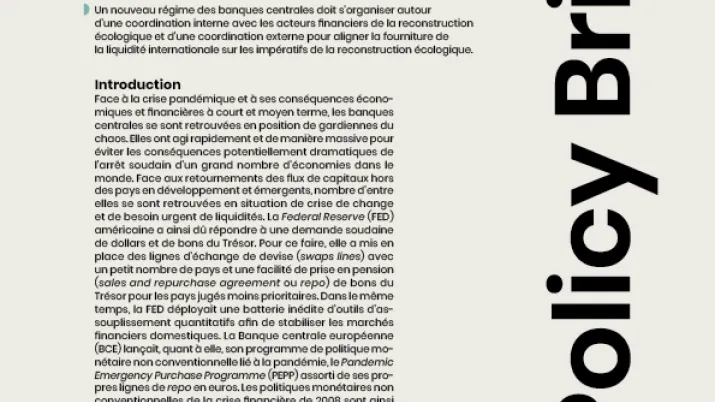
Participatory irrigation management: from theory to reality – Insights from the Phước-Hòa irrigation project
PIM (Participatory Irrigation Management) has become one of the cornerstones of irrigation development. Its implementation always involves multilayered interaction between international ideologies, de...
Published on
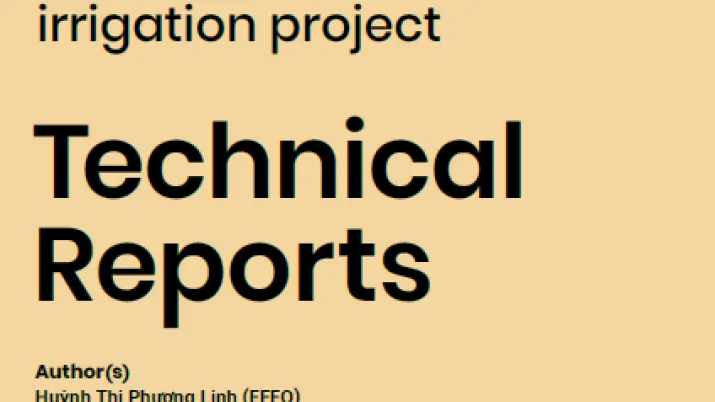
AFD and India: focus on urban transport
A partner of India since 2008, AFD works in agreement with Indian authorities to promote green and inclusive growth. It operates through soft loans to the state and public enterprises, as well as tech...
Published on
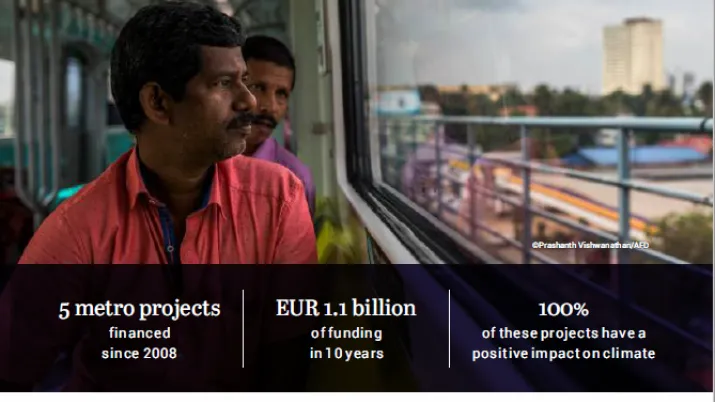
AFD and India: focus on biodiversity
A partner of India since 2008, AFD works in agreement with Indian authorities to promote green and inclusive growth. It operates through soft loans to the State and public enterprises, as well as tech...
Published on
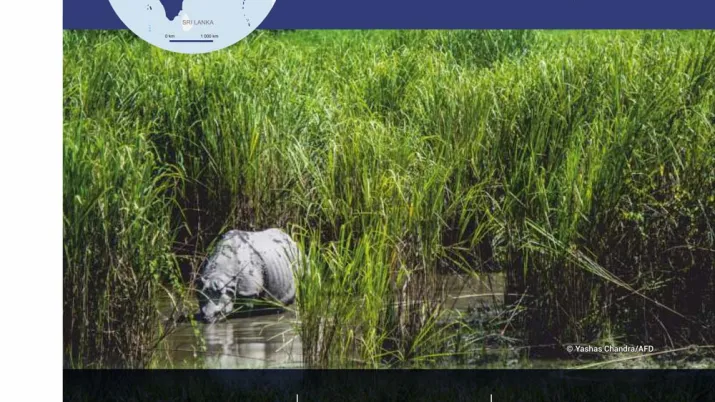
Climate Variability and Inequality: Comparing the Experiences of Indonesia and Vietnam
Households in Indonesia and Vietnam that are poor, rural, older, headed by women, and/or from ethnic minorities bear the biggest burden of variability in climatic conditions. New research investigate...
Published on
